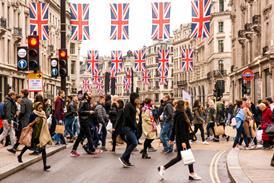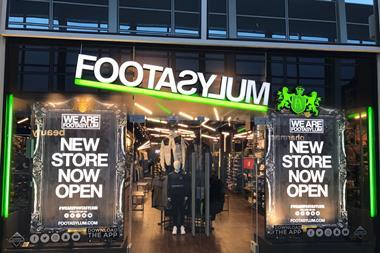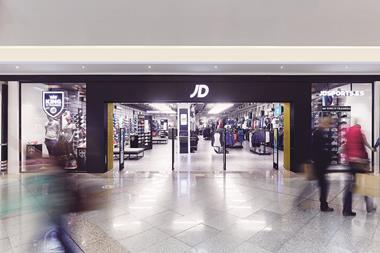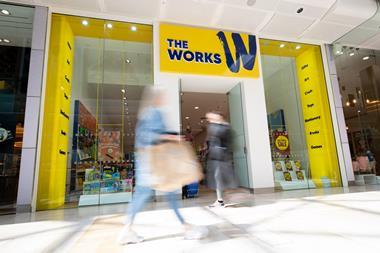JD Sports has insisted its £90m takeover of rival Footasylum “will benefit consumers” as it wrestles to convince competition watchdogs of the merits of the deal.
The retailer is fighting to push the deal through after the Competition and Markets Authority (CMA) revealed it plans to conduct a more in-depth probe into the acquisition.
The CMA fears the deal could lead to “higher prices, less choice and a worse shopping experience for customers” if it were to be given the green light.
But in a submission to the CMA published today, JD has hit back at such claims, insisting that the enlarged business would still face “a range of competition” from the likes of Sports Direct, Foot Locker, Schuh and Office, as well as online platforms such as Asos, Zalando and, increasingly, Next.
JD also emphasised the role and power of sportswear giants Nike and Adidas, on which it claimed both the JD and Footasylum businesses were “dependent”.
JD said that, such is the combined influence of the two sportswear behemoths, the enlarged JD and Footasylum business would not be able to increase prices even if the merger were to go ahead.
“The dependence of the parties (and other retailers) upon two global footwear suppliers with must-stock brands, which are also their fastest-growing competitors, is unique.”
JD Sports
The retailer wrote in its submission: “The major brand owners not only constrain horizontally as JD Sports’ fastest-growing direct competitors at the retail level, but also substantially influence the structure of the retail market via their selective distribution models; and individual retailers’ setting of price, quality, range or service within it.”
Direct-to-consumer drive
JD added: “The dependence of the parties (and other retailers) upon two global footwear suppliers with must-stock brands, which are also their fastest-growing competitors, is unique, and makes the combined horizontal/vertical constraints facing the parties quite different to all other retail sectors the CMA has previously considered.
“Nike and Adidas dwarf the parties both in terms of sheer scale (in 2018/19 Nike’s global revenues were $39bn and adidas’ were $25.8bn), and marketing spend (in 2018/19 Nike and Adidas combined spent over $6.8bn on advertising alone – more than the global revenue of JD Sports).”
Both Nike and Adidas are increasingly looking to sell their goods directly to consumers and wholesale less of their product to retailers.
Earlier this year, Nike sent shockaves through the industry when it revealed it planned to take all of its lines off Amazon.
That move came just weeks after Sports Direct called for a probe into the influence of Nike and Adidas on the sportswear market.
It said: “The sports industry has long been dominated by the ‘must-have’ brands such as Adidas. These ‘must have’ brands hold an extremely strong bargaining position vis-à-vis the retailers within their supply networks and use their market power to implement market-wide practices aimed at controlling the supply and, ultimately, the pricing of their products.”











































No comments yet